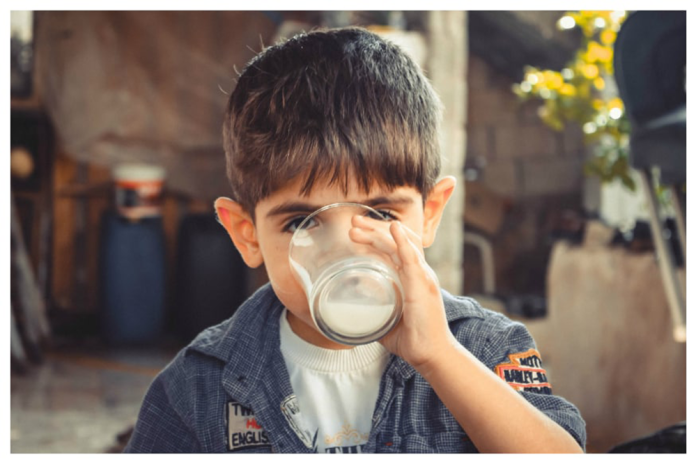In Pakistan, there is a significant occurrence of malnutrition, particularly among children, resulting in elevated infant mortality rates. Malnutrition is additionally linked to an amplified vulnerability to illness among children, accompanied by hindered growth and developmental outcomes.
Based on the findings of the National Nutrition Survey 2018, it is reported that 40% of children under the age of 5 in Pakistan are affected by stunted growth, while nearly 5 million children experience wasting, indicating low weight for their height. Furthermore, over half of the children (53.7%) suffer from anemia, with 5.7% classified as severely anemic. The survey highlights a concerning prevalence of malnutrition among children under 5 years old, with iron deficiency (49.1%) being one of the prominent deficiencies. It is evident that the burden of maternal and child malnutrition resulting from iron deficiency remains persistently high in Pakistan, a situation that requires urgent attention.
The issue of iron deficiency in children presents a critical and concerning health challenge, with potential repercussions including hindered growth, increased susceptibility to illness, fatigue, breathlessness, and diminished learning capacity. The prevalence and magnitude of this deficiency significantly impact the overall quality of life, resulting not only in school absences but also impeding children’s physical and cognitive development, thereby creating obstacles on their path to a prosperous future. It is imperative that prompt measures, accompanied by urgent and practical interventions, are taken to address this crisis effectively.
As per the World Health Organization, the introduction of complementary foods is recommended for young children. Fortified dairy products and nutrition solutions can serve as valuable means of fortification, enhancing the nutritional value of diets and promoting optimal growth and development in children. Hence it’s imperative that fortification be given a priority.
Research support for fortification is widespread, as the global research community endeavors to enhance the nutritional content of food and food ingredients. Massey University in New Zealand has made significant progress in this area with the development of an advanced iron source called Iron+. This innovative iron source boasts three times greater absorption in the body compared to the current best available iron source, marking a noteworthy improvement in fortification efforts.
Meanwhile, to tackle iron deficiency, it is crucial to ensure that children consume rich sources of iron, such as organ meat, dark green leafy vegetables (like spinach, kale, and broccoli), apples, and fortified products containing iron, including iron-fortified cereals, dairy nutrition solutions and food.
Adequate iron intake plays a vital role in preventing numerous medical conditions in children under the age of five. Insufficient dietary iron, for instance, can result in long-lasting developmental delays, cognitive impairments, and hindered behavioral growth.


